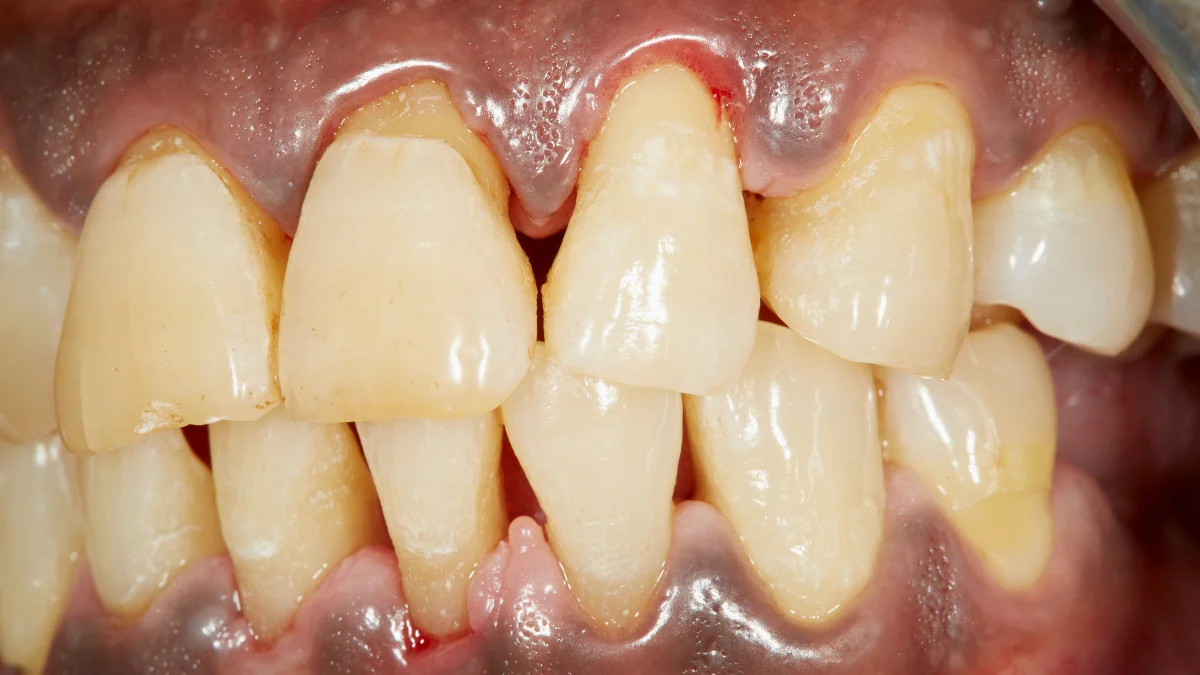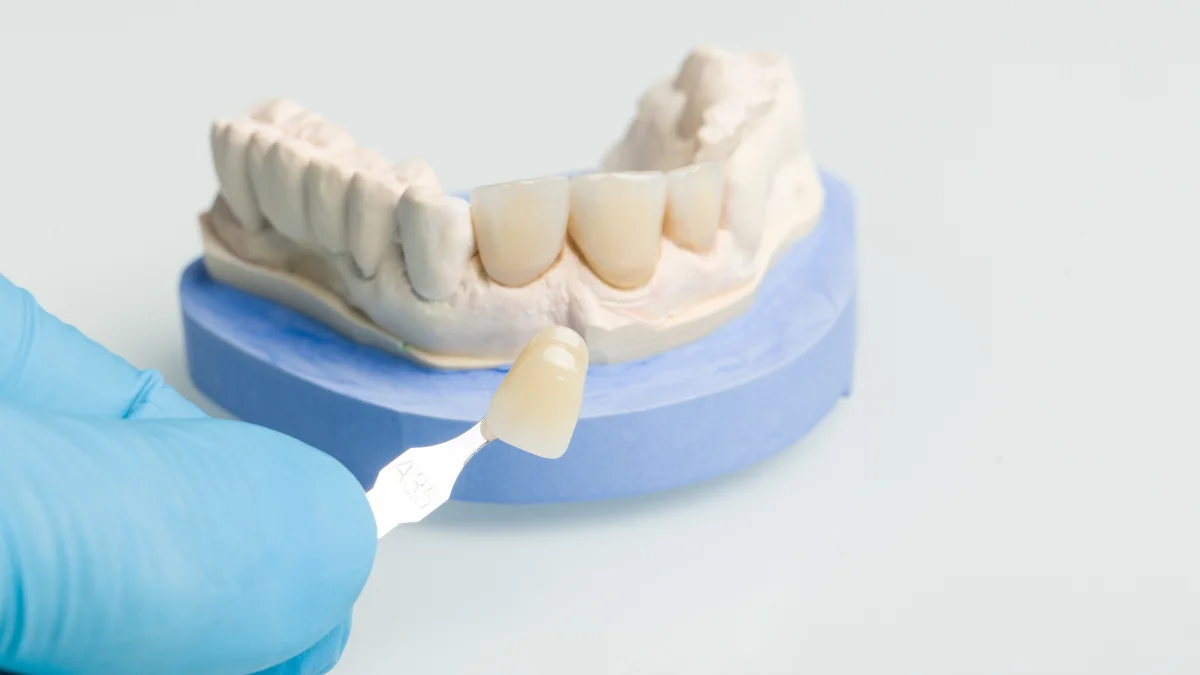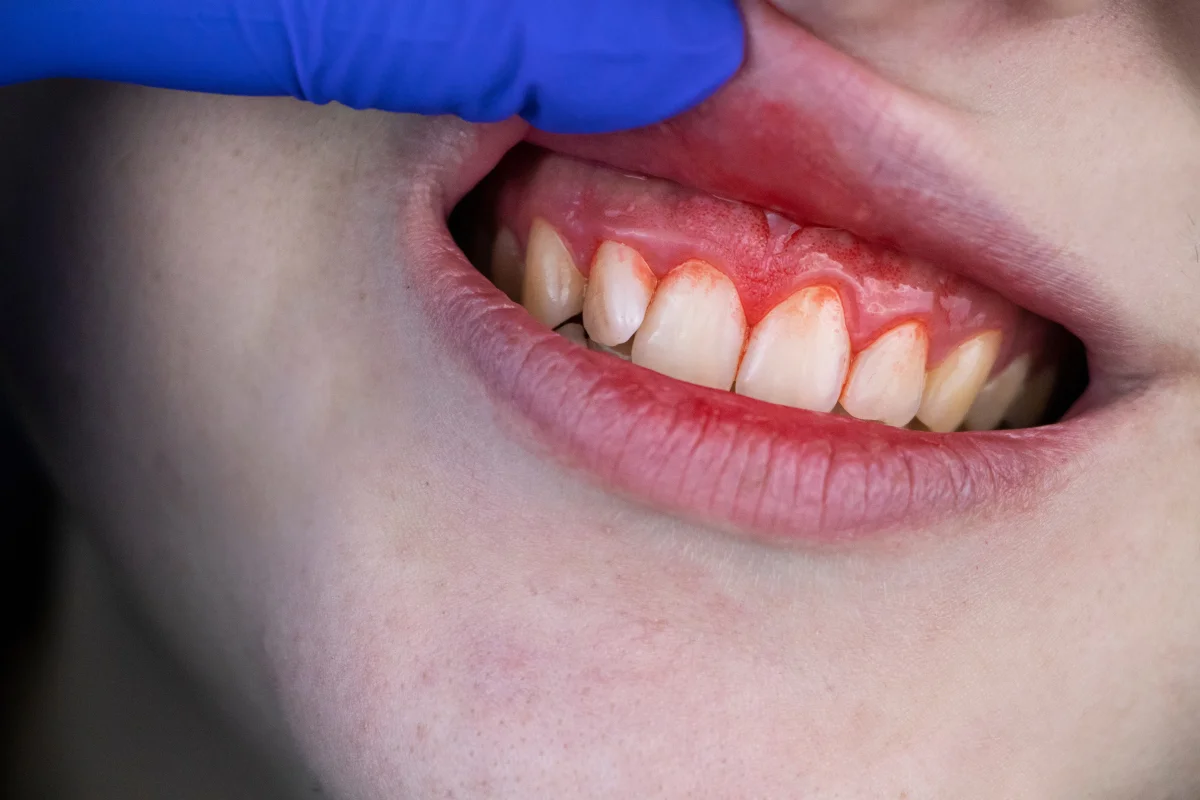Effective Gum Surgery Solutions in Woodbridge, Vaughan


At Sunny Day Dental, we provide expert root canal treatments using the latest technology to ensure a comfortable and efficient experience:
- Experienced and Compassionate Team:Our dental professionals are highly trained and committed to providing gentle, patient-focused care.
- State-of-the-Art Technology: We use the latest dental technology to ensure accurate diagnoses and effective treatments.
- Comprehensive Dental Services: From preventive care to restorative treatments, we cover all aspects of general dentistry.
- Family-Friendly Environment: We cater to patients of all ages, making our practice perfect for the entire family.
What is Gum Surgery?
Common Types of Gum Surgery

This procedure is used to treat advanced periodontal disease. During the surgery, the gums are separated from the teeth, the underlying tartar and bacteria are cleaned out, and the gums are reattached to allow for proper healing.

A gingivectomy involves removing excess gum tissue that may be causing pockets between the teeth and gums, leading to gum disease. This procedure helps to reduce gum pockets and prevent further infection.

Gum grafting is used to repair receding gums by taking tissue from another part of the mouth and grafting it onto the affected area. This helps restore the gumline and protect exposed tooth roots.

This procedure reshapes the gums and sometimes the underlying bone to expose more of the tooth's surface. It’s often used to prepare the tooth for a crown or to correct a gummy smile.

Why is Gum Surgery Necessary?
Treating Gum Disease
In advanced stages of gum disease (periodontitis), the gums begin to pull away from the teeth, creating pockets that trap bacteria and lead to bone loss. Surgery removes infected tissue, cleans these pockets, and allows the gums to heal.
Correcting Gum Recession
Improving Smile Aesthetics
When is Gum Surgery Needed?
- Persistent Gum Bleeding: If your gums bleed often when you brush or floss, it could indicate advanced gum disease.
- Gum Recession: Exposed tooth roots due to receding gums may require surgery to restore the gumline.
- Loose Teeth: Gum disease can lead to bone loss and loosening of the teeth, requiring surgical intervention to save your teeth.
- Chronic Bad Breath: Bacteria trapped in deep gum pockets can cause persistent bad breath, which may indicate the need for surgery.

 ZEEL PATEL2024-10-10Had an appointment there today. Excellent service by Krupal patel, highly recommended.
ZEEL PATEL2024-10-10Had an appointment there today. Excellent service by Krupal patel, highly recommended. Camilo Montoya2024-10-10Went in for a tooth extraction and couldn’t be happier. Krupal was very pleasant to talk to and dr. Saujanya was awesome. Thank you guys.
Camilo Montoya2024-10-10Went in for a tooth extraction and couldn’t be happier. Krupal was very pleasant to talk to and dr. Saujanya was awesome. Thank you guys. humraj dhaliwal2024-10-10dr. manoj was excellent. i would recommend this clinic to anyone looking for great service.
humraj dhaliwal2024-10-10dr. manoj was excellent. i would recommend this clinic to anyone looking for great service. Mandeep Dhaliwal2024-10-08I had an amazing experience at Sunny dental clinic. From the moment I walked in, the staff was warm, welcoming, and very professional. The clinic itself was clean and modern, making me feel comfortable right away.
Mandeep Dhaliwal2024-10-08I had an amazing experience at Sunny dental clinic. From the moment I walked in, the staff was warm, welcoming, and very professional. The clinic itself was clean and modern, making me feel comfortable right away. Unrao sandhu2024-10-08I had a fantastic experience at Sunny Day Dental Clinic! The staff was welcoming and attentive, making me feel comfortable from the moment I walked in. Kruapl was incredibly knowledgeable and made the entire process seamless. They took the time to explain every step and address all my concerns. The clinic is clean, modern, and equipped with the latest technology. I highly recommend Sunny Day Dental for anyone looking for top-notch dental care!
Unrao sandhu2024-10-08I had a fantastic experience at Sunny Day Dental Clinic! The staff was welcoming and attentive, making me feel comfortable from the moment I walked in. Kruapl was incredibly knowledgeable and made the entire process seamless. They took the time to explain every step and address all my concerns. The clinic is clean, modern, and equipped with the latest technology. I highly recommend Sunny Day Dental for anyone looking for top-notch dental care! Harvir Gill2024-10-08I had an outstanding experience at Sunny Day Dental. From the moment I walked in, the staff was friendly and the clinic had a clean, inviting atmosphere. A special shoutout to Krupal, who was incredibly helpful and professional. She took the time to explain everything, making sure I felt at ease throughout my visit. I highly recommend this clinic for anyone seeking top-notch dental care!
Harvir Gill2024-10-08I had an outstanding experience at Sunny Day Dental. From the moment I walked in, the staff was friendly and the clinic had a clean, inviting atmosphere. A special shoutout to Krupal, who was incredibly helpful and professional. She took the time to explain everything, making sure I felt at ease throughout my visit. I highly recommend this clinic for anyone seeking top-notch dental care! Gurnoor Bajwa2024-10-08I recently had a great experience at Sunny Day Dental for my check-up and cleaning. The dentists were knowledgeable and thorough, making me feel comfortable throughout the process. Krupal, the office manager, was exceptionally nice and helped ensure everything went smoothly. Based on this positive experience, I’ve decided to switch clinics for my future dental care. Highly recommended!
Gurnoor Bajwa2024-10-08I recently had a great experience at Sunny Day Dental for my check-up and cleaning. The dentists were knowledgeable and thorough, making me feel comfortable throughout the process. Krupal, the office manager, was exceptionally nice and helped ensure everything went smoothly. Based on this positive experience, I’ve decided to switch clinics for my future dental care. Highly recommended! Diane Sebastiani2024-10-07Very accommodating for appointments, no wait, friendly and reasonable. Recommend
Diane Sebastiani2024-10-07Very accommodating for appointments, no wait, friendly and reasonable. Recommend Nav Singh2024-10-05My appointment with Sunny Day Dental went really well today. I got my teeth cleaning and general checkup done. The service was really great and the dentist was really professional. I highly recommend this place!
Nav Singh2024-10-05My appointment with Sunny Day Dental went really well today. I got my teeth cleaning and general checkup done. The service was really great and the dentist was really professional. I highly recommend this place! Barbara Agyei2024-10-05I have been coming here for years as a steady patient for years and I wouldn't change my dental location for any other. They are very attentive, very thorough and the customer service is always great. I would definitely recommend.
Barbara Agyei2024-10-05I have been coming here for years as a steady patient for years and I wouldn't change my dental location for any other. They are very attentive, very thorough and the customer service is always great. I would definitely recommend.
Frequently Asked Questions
Q1. How long does it take to recover from gum surgery?
Initial healing typically takes 1 to 2 weeks, but full recovery may take up to 3 months, depending on the extent of the surgery.
